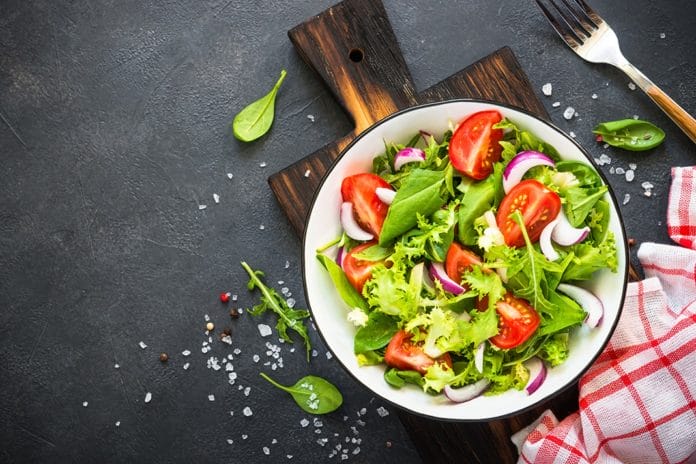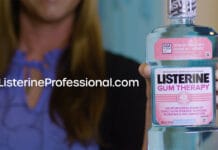Why do some of our patients believe that eating “clean” or eating only organic foods is some magic bullet for dental health!? In the last three weeks, I have seen multiple patients who eat only foods purchased from high-end grocery stores or boutique-style shops.
These patients present with a ridiculous amount of interproximal tooth decay. When questioned about food intake and home care (before revealing the radiographic results), the patients and/or parents were almost superior in attitude about their pure food and beverage choices. In each case, organic yogurt, honey, fruit leathers, granola, and trail mix were daily food options. Beverages were organic juices, organic chocolate milk, tea with honey, and “natural” pops.
Our patients should be informed that both processed and organic food and beverages have the ability to contain much more sugar than you would want to consume in a nutritious, dentally aware diet.
Sugar Content
We jumped on the internet and began to research these organic options, discussing that sugars create an environment ripe for the formation of tooth decay. The yogurts, for example, contained 14 to 23 grams of sugar per serving, which equals 3 1/2 to 7 1/4 teaspoons of sugar.
One tablespoon of honey averaged 16 grams of sugar or four teaspoons of sugar. Drizzling two to three tablespoons of honey on your morning oatmeal adds eight to 12 teaspoons of sugar.
Organic fruit leathers vary quite a bit in sugars ranging from seven to 10 grams, and many contain additional apple or pear juice concentrate. The intriguing thing to note about fruit leathers was that some do not show any “sugar” but “glucose.” Many patients do not realize there are multiple names for sugar, such as sucrose, glucose, and fructose, and those ingredients are found in organic, “healthy” and “clean” foods as well, which can create a very unhealthy amount of sugar. These are called hidden sugars because the consumer must search to find the source of the sugar.
Granola is a common snack option, and serving sizes were most often double the recommended serving size with between two to 28 grams of sugar, so one-half to 7 1/2 teaspoons per serving, depending on the product chosen.
Beverage options were also loaded with these hidden sugars, as well as some very acidic pop-style options. Organic chocolate milk had 22 to 27 grams of sugar per cup on average, or 5 ½ to 6 3/4 teaspoons of sugar. Cold-pressed juices may contain up to 50 grams of sugar in a 16-ounce portion or the equivalent of 12 to 13 teaspoons of sugar. Apple juice had 27 to 30 grams of sugar, and pear juice had 27 to 35 grams of sugar. Both ranged in the serving sizes from one half cup portion to one full cup portion.
Sipping any of these options is simply bathing the teeth in sugar multiple times throughout the day! Several of the patients were enjoying a couple of Zevia pops throughout the day, which ranges from a 2-4 pH, making them an acidic beverage capable of breaking down tooth enamel, leading to tooth decay as well.
Radiographs Bring Superiority Down to Earth
These patients were then shown their own “cavity detection radiographs,” bitewings, and each area of interproximal tooth decay was highlighted. These patients were all shocked and completely dismayed that they could possibly have any dental damage from their superior nutritional choices.
Each patient was shown their daily sugar intake after creating a basic food diary. Explaining that 4 grams of sugar equals one teaspoon of sugar allowed them to help with the math and get a better image of what they were consuming. Overall, we achieved the opportunity to review that “organic” simply means being grown without the use of pesticides, synthetic chemicals, growth hormones, or antibiotics. It does not necessarily mean a healthy choice.
It is easy to see why patients believe that they are making the best nutritional options when choosing buzzwords like organic, natural, and non-GMO. As dental professionals, we need to help patients to evaluate their food and beverage options to be healthy, delicious, and well-rounded while also educating about the various hidden sugars contributing to tooth decay.










